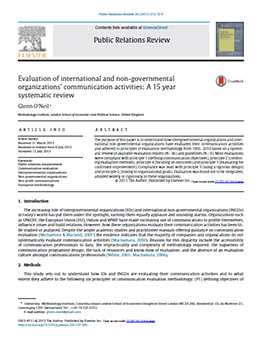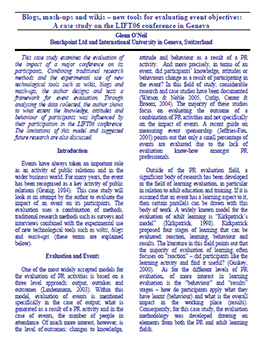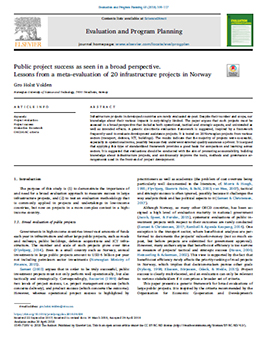Evaluation of international and non-governmental organizations’ communication activities: A 15 year systematic review
Abstract: The purpose of this paper is to understand how intergovernmental organizations and international non-governmental organizations have evaluated their communication activities and adhered to principles of evaluation methodology from 1995–2010 based on a systematic review of available evaluation reports (N = 46) and guidelines (N = 9). Most evaluations were compliant with principle 1 (defining communication objectives), principle 2 (combining evaluation methods), principle 4 (focusing on outcomes) and principle 5 (evaluating for continued improvement). Compliance was least with principle 3 (using a rigorous design) and principle 6 (linking to organizational goals). Evaluation was found not to be integrated, adopted widely or rigorously in these organizations.
Download file


